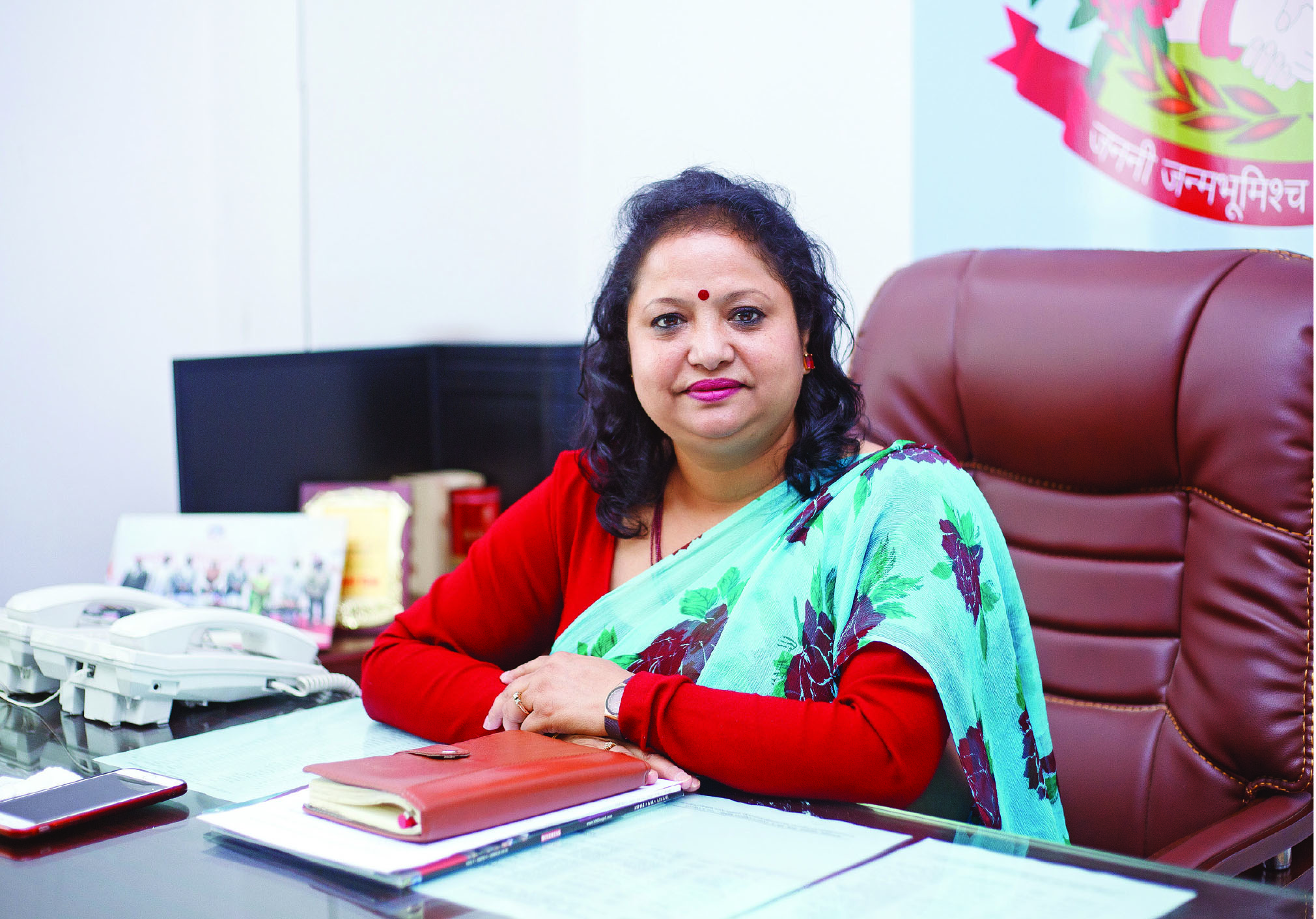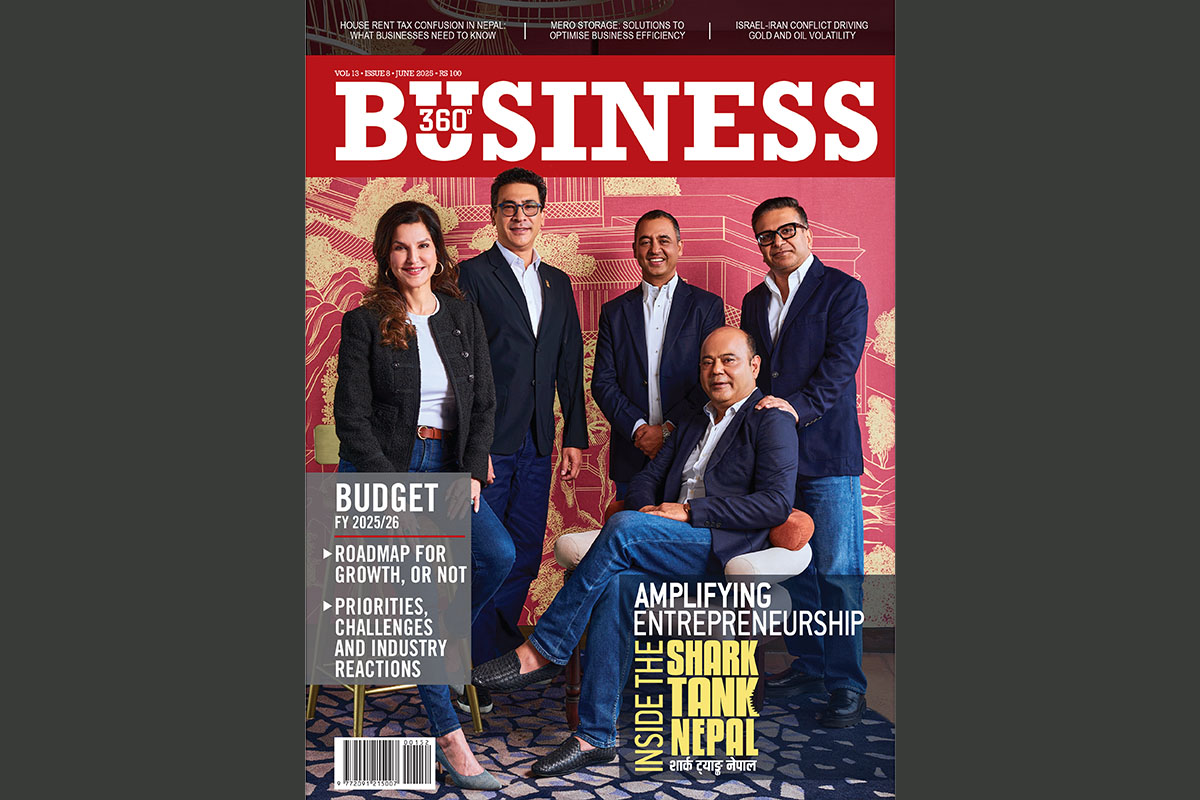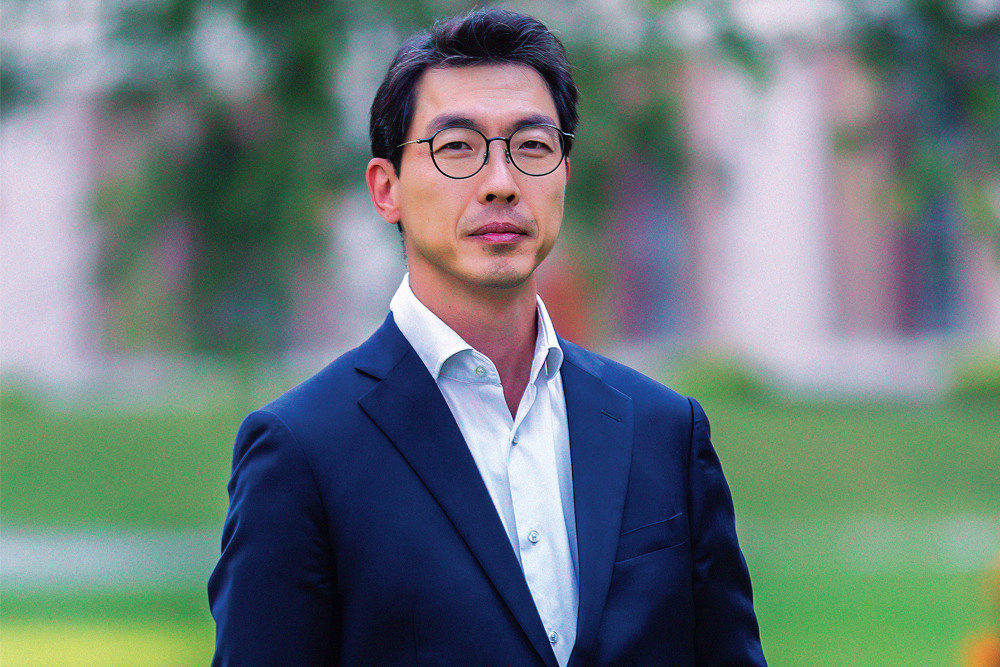
Deputy Mayor of Kathmandu Metropolitan City, Hariprabha Khadgi Shrestha, believes that to improve the capital requires a cohesive multi-stakeholder approach that includes the active participation of Kathmandu denizens. Dibesh Dangol of B360 visited the Deputy Mayor’s office to learn about its current activities, agendas and progress, and how KMC is working to resolve the various issues faced by the public. Excerpts:
What are your responsibilities as the Deputy Mayor of Kathmandu Metropolitan City ?
As the Deputy Mayor, I have been given the responsibilities of four committees: judicial, tax collection, budget planning and monitoring committee.
The judicial committee is doing well and our main goal is to provide justice to the public as soon as possible. We had over 700 cases lying around when I was given this responsibility but now only about 50 cases are left to be solved which I think will be done within this year.
As for the work we have done under the tax collection committee, the house owners of Kathmandu used to pay 10% tax to the central government and 2% to the local government a year ago. But we revoked this because as per schedule 8 of the constitution, house rent tax falls under the jurisdiction of the local government. For a certain time, there was confusion as we were charging 12% tax and the central government was also charging 10% tax which led to only 20% of house owners paying rent income tax. Last year during KMC’s second Municipal Assembly a decision was taken that house owners will have to pay only 12% tax (which was reduced to 10% on August 2018) to the local level whereas owners of commercial buildings will have to pay 10% to the central government and 2% to KMC. This course of action has increased the number of house owners paying their taxes.
In the budget planning committee, we are in the planning phase for the next year budget. Multiple meetings are been held with concerned individuals of different wards to get information about the things needed to be done in various wards in the upcoming year and the budget required for those activities.
The monitoring committee is responsible to examine whether the previous budget KMC had given to the wards are being effectively used or not, and evaluation of new activities in the different wards. Currently, I am giving utmost priority to this committee to learn from public opinion about the work done by the ward committee and KMC in their areas. I believe that every work undertaken should be done effectively and sustainably.
What were the agendas/programs of Kathmandu Metropolitan City for the year 2075/76?
The main agenda of KMC is to work on how to develop and organise Kathmandu city. Since Kathmandu is densely populated, it has made our task difficult but we are positively working on our agendas.
Another major agenda that we are working on is to make Kathmandu a dust-free city. For this, we are organising various public awareness programs in every ward and educating people on keeping their surroundings clean.
Drainage pipeline is another major issue we are raising concerns about because the current drainage pipeline was done several years ago when Kathmandu wasn’t as populated as it is now. There is a need for new drainage pipeline system, and instead of digging the roads repeatedly for different matters, KMC is working on creating a joint plan for such matters.
How many agendas have been completed? And what is the status on the rest?
All the agendas that we had set for 2075/76 are in progress. In small wards, the agendas will be completed within this year whereas a lot of work needs to be done in larger and densely populated wards. KMC operates on Kathmandu’s taxpayer money and it is important that we use the money properly to uplift their lifestyle.
Kathmandu has been ranked 19th among 25 of the World’s Top Destinations for the year 2019 by TripAdvisor. How do you view this?
Receiving such recognition is always a matter of pride. But we shouldn’t rest on this achievement. Every resident can play a part in making our city beautiful and hospitable for tourists whether it is by keeping our surroundings clean or promoting our culture and heritage sites.
Currently, KMC is involved in restoring and rebuilding the heritage sites damaged during the 2015 earthquake with various national and international organisations. These heritage sites reflect the history, culture and traditions of Kathmandu which is why it is important to focus on restoration with urgency. The theme of Visit Nepal 2020 is Lifetime Experiences which focuses on promoting the cultural experiences that tourists can enjoy in Nepal. KMC is planning to provide cultural experiences of Kathmandu to visitors by offering them the experiences of the various jatras and Newari cuisines during the 2020 tourism campaign.
Difficulty in public transportation has been a major problem for the public. How does KMC view this problem?
This has been a major concern of KMC and we have been trying to find solutions to this problem since the beginning of our term. Introduction of Sajha Yatayat buses has eased the situation a bit. KMC along with Department of Transport Management and Sajha Yatayat are planning to introduce more of these big buses rather than small sized vehicles in the near future. I think replacing public transport vehicles like microbuses and tempos with these types of large capacity buses will help to solve this problem as well as reduce traffic congestion and accidents in Kathmandu. The Metropolitan Traffic Police Division is also assisting us to help ease this problem. To reduce air pollution, KMC wants to promote the use of electric vehicles both publicly and privately but it will only be successful if the government brings policies into action. Besides public transportation services, we are also working on introducing new ambulances within a few months which will have the necessary equipment to address immediately the initial treatment of the patient.
KMC had the ambitious plan to make Kathmandu a Smart City. What is the status?
Under our Mayor Bidya Sundar Shakya’s leadership, we are engaged in various smart campaigns; smart zebra crossing, smart dustbins, smart parking, smart bus stand, smart solar lamps and smart public toilets. Though some of these campaigns have already started, all of these campaigns are ongoing projects.
It is important that people of Kathmandu know that KMC along cannot make these ‘smart’ campaigns successful. Every Kathmandu denizens need to become smart, disciplined and aware first to make this campaign successful. Though KMC will be able to put all these campaigns into place, the denizens should use these facilities properly.
To implement the ‘smart toilet’ programme, KMC formed a Higher Powered Smart Toilet Construction and Operation Committee under you. Can you briefly talk about the programme?
The smart public toilets will be using sensors and radio-frequency identification tags along with a host of smart features like automatic flush, liquid soap, sanitizers and recycling the flushed water for multiple uses. The toilets will be made for males, females as well as for differently-abled people. Currently, the survey of areas where such toilets can be placed is ongoing and which will be completed within a few months. The target for completion of the whole project is one and a half years.
Rush hour traffic, jaywalking or erratoc road crossing, overhead bridges and VIP motorcade have been major issues lately. KMC is planning to register the Transportation Bill 2075 in the upcoming municipal assembly to be held on April 7; how are you anticipating resolving these matters?
These issues have been increasing of late which is why KMC has planned to talk about this in the upcoming municipal assembly. Currently, we have been discussing and collaborating about these issues with the Metropolitan Traffic Police Division. To reduce traffic congestion created by public vehicles, KMC has implemented the drop-and-pick rule in collaboration with MTPD for public vehicles in which these vehicles cannot stay idle in a single spot. MTPD has been monitoring this rule and it has made a difference mainly during rush hours.
As for jaywalking or wilful road crossing, though there was a rule introduced by MTPD two years back and again a year back, these rules dissolved very quickly like sugar in hot water as soon as they arrived. This issue has been a major reason why walking pedestrians are getting into road accidents. The public should become conscious that they shouldn’t be doing things which increases their chances of getting involved in road accidents rather than authorities implementing such rules.
The monitoring of overhead bridges is being done by my team and on need basis, repair works will be carried out along with installation of CCTV cameras and lights to make sure illegal activities aren’t carried out on these bridges.
VIP motorcade situation is a very delicate matter right now amongst Kathmandu denizens and we will be talking about solving this matter in the municipal assembly.




.jpg)
.jpg)
.jpg)